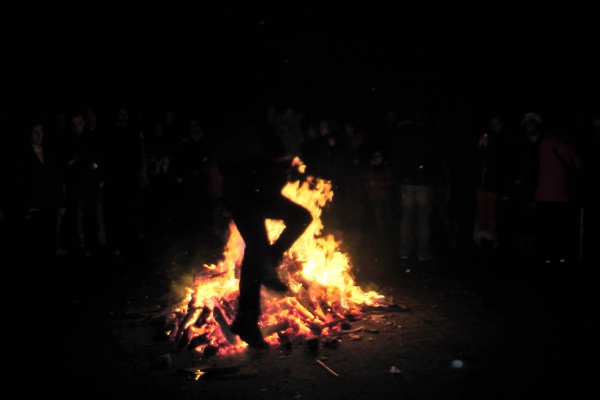Facts About Chaharshanbe Suri
Chaharshanbe Suri is a vibrant Iranian festival celebrated on the eve of the last Wednesday before Nowruz, the Persian New Year. The name "Chaharshanbe Suri" is derived from the Persian words for "Wednesday" and "festive" or "scarlet" highlighting the fiery theme of the celebration.
During this festival, people leap over bonfires in a purification ritual and engage in a tradition known as "spoon-banging" which is reminiscent of trick-or-treating. The origins of Chaharshanbe Suri can be traced back to ancient Iranian rituals, particularly those honoring the spirits of the dead during Hamaspathmaedaya. Over the centuries, the festival evolved, especially during the Sasanian Empire, when it was divided into five-day segments.
During the Qajar Empire, Tehran had a unique Chaharshanbe Suri custom involving the "Pearl Cannon." This cannon was surrounded by various myths and rituals, with people seeking its intercession for different purposes. The Pearl Cannon emerged as a symbol of Iranian folklore and tradition.
However, not everyone embraced these old customs. Iranian writer Sadegh Hedayat critiqued the beliefs surrounding the Pearl Cannon in his book "Tup-e Morvārid." Today, the Pearl Cannon is housed at the Ministry of Foreign Affairs, with discussions ongoing about relocating it to a museum.
Chaharshanbe Suri remains a lively cultural event in Iran, blending ancient rituals with modern customs, and continues to be a significant part of Iranian heritage.

 Syria
Syria